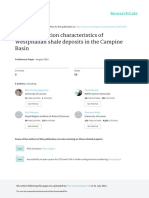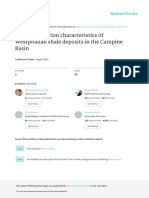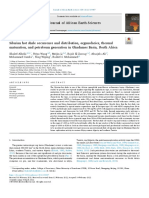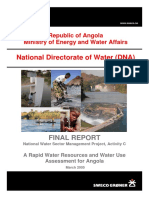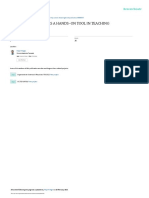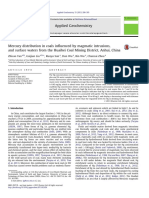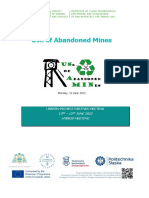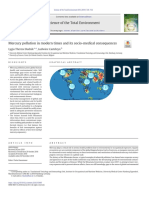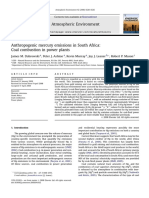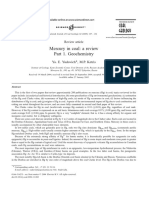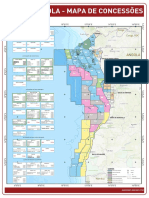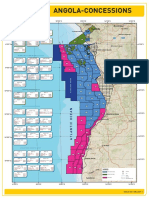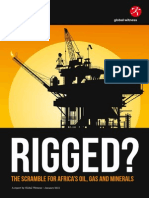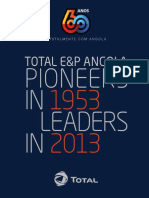0% found this document useful (0 votes)
84 views6 pagesEAGEASGAOct2017 C.Rodrigues
This document summarizes a study on the source rock potential of formations in the onshore Kwanza Basin in Angola. Over 800 outcrop samples were collected from key formations based on geological maps and analyzed using organic geochemistry techniques including pyrolysis, carbon isotopes, and gas chromatography/mass spectrometry. Results identified some shale-dominated layers in the Quifangondo, Cunda/Gratidão, Teba, and Cabo Ledo Formations as having the highest source rock potential in specific areas of the basin, which could improve the understanding of maturation models and stratigraphy in the onshore Kwanza Basin.
Uploaded by
Secretario SigmaCopyright
© © All Rights Reserved
We take content rights seriously. If you suspect this is your content, claim it here.
Available Formats
Download as PDF, TXT or read online on Scribd
0% found this document useful (0 votes)
84 views6 pagesEAGEASGAOct2017 C.Rodrigues
This document summarizes a study on the source rock potential of formations in the onshore Kwanza Basin in Angola. Over 800 outcrop samples were collected from key formations based on geological maps and analyzed using organic geochemistry techniques including pyrolysis, carbon isotopes, and gas chromatography/mass spectrometry. Results identified some shale-dominated layers in the Quifangondo, Cunda/Gratidão, Teba, and Cabo Ledo Formations as having the highest source rock potential in specific areas of the basin, which could improve the understanding of maturation models and stratigraphy in the onshore Kwanza Basin.
Uploaded by
Secretario SigmaCopyright
© © All Rights Reserved
We take content rights seriously. If you suspect this is your content, claim it here.
Available Formats
Download as PDF, TXT or read online on Scribd
/ 6
































